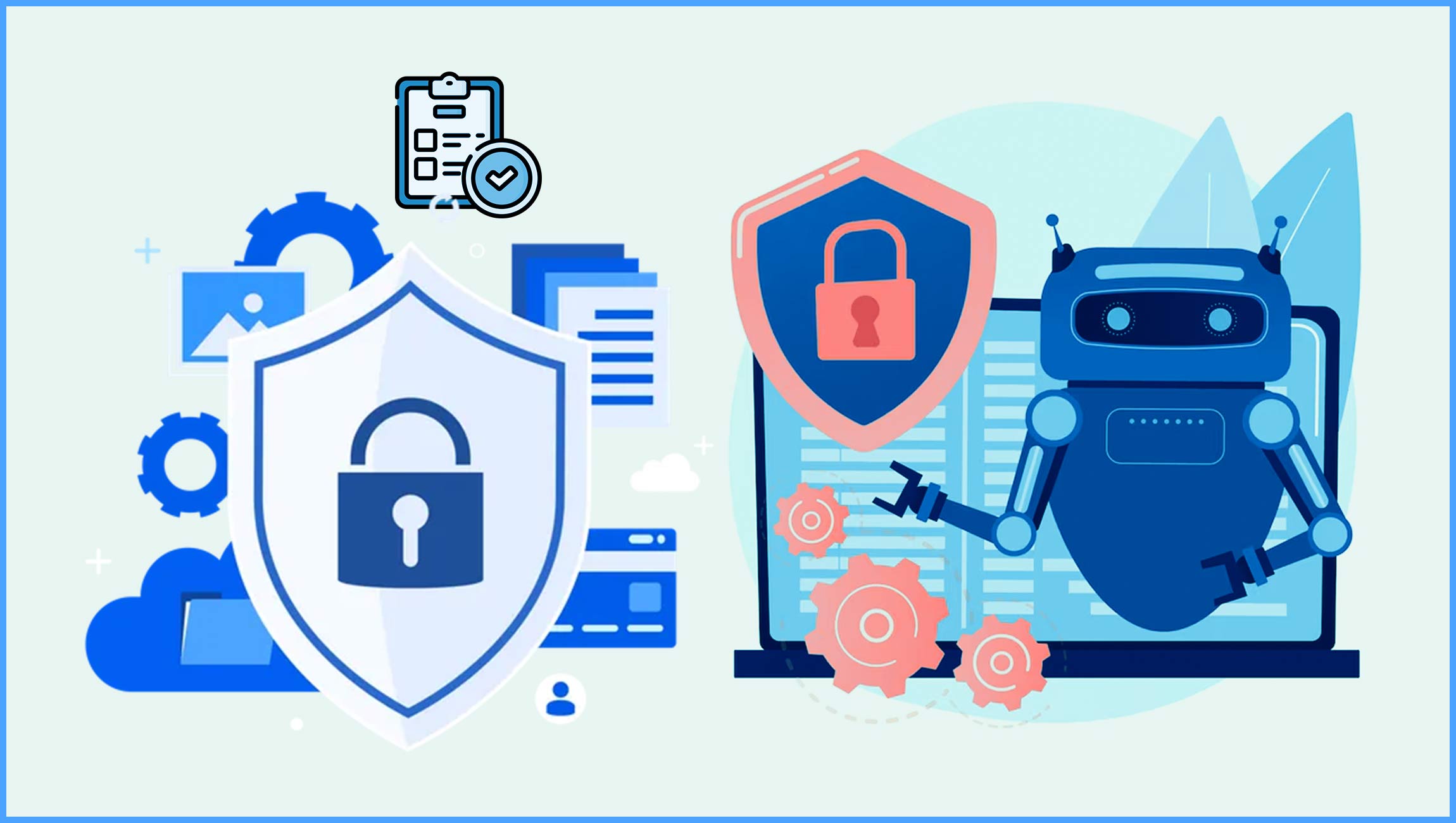In an era where data breaches and privacy concerns are increasingly prevalent, the need for robust data privacy and compliance measures has never been more critical. Businesses are now under intense scrutiny to ensure their data handling practices comply with evolving legal and ethical standards. This imperative has propelled the automation of data privacy and compliance to the forefront of organizational priorities. Automating these processes not only enhances efficiency and accuracy but also fortifies a company’s reputation for trustworthiness and reliability. This blog explores effective strategies to automate data privacy and compliance, ensuring businesses stay ahead in a data-centric world.
Efficient Data Privacy and Compliance through Automation: Key Considerations
Navigating the complex landscape of data privacy and compliance is imperative for businesses today. Automation offers a streamlined, efficient approach to managing these critical aspects, ensuring adherence to legal standards and safeguarding sensitive information.
1. Automated Data Mapping and Inventory:
Implementing automation in data mapping and inventory helps businesses efficiently track and categorize personal data. This systematizes the process of identifying what data is held, its source, and how it’s processed, aligning with GDPR’s requirements for data transparency.
2. Real-time Compliance Monitoring:
Automation tools can continuously monitor compliance with data protection regulations. This proactive approach not only detects potential breaches or non-compliance issues in real time but also suggests immediate corrective actions, reducing the risk of penalties and reputational damage.
3. Regular Automated Audits and Reporting:
Utilizing automated systems for regular audits and generating compliance reports saves time and resources. This provides an ongoing review of compliance status, highlighting areas of improvement and ensuring that the organization consistently meets regulatory standards.
4. AI-Driven Risk Assessment and Predictive Analytics:
Advanced AI algorithms can assess risks associated with data privacy and predict potential compliance issues. This foresight allows organizations to implement pre-emptive measures, mitigating risks before they escalate into legal challenges.
Marketing Technology News: MarTech Interview with Keith Kazerman, President of Streaming @ Locality
Streamlining Your Data Privacy and Compliance: A Guide to Automation
In an era where data breaches are prevalent, automating data privacy and compliance is a strategic imperative for businesses. Automation not only streamlines processes but also fortifies data security, ensuring adherence to regulations. Here’s how you can effectively implement automation in your data privacy and compliance strategies.
1. Assess Your Data Landscape:
Begin by thoroughly understanding your current data processes. Identify what data you collect, where it’s stored, and how it’s used. This assessment is critical for determining how best to apply automation in line with specific compliance requirements.
2. Choose the Right Automation Tools:
Select tools that align with your data privacy and compliance needs. Look for solutions offering features like automatic data classification, real-time monitoring, and regulatory compliance updates. Ensure they integrate well with your existing systems.
3. Implement Robust Data Mapping:
Utilize automation for efficient data mapping. Automated data mapping helps track data flow throughout your organization, which is a key aspect for maintaining compliance, especially under regulations like GDPR and CCPA.
4. Automate Consent Management:
Implement automated systems for managing user consents and requests, which is crucial under many privacy laws. This includes automating processes for opt-ins, opt-outs, and access requests, ensuring timely and compliant responses.
5. Regular Compliance Audits:
Set up automated routines for regular compliance audits. These systems can help identify any discrepancies or areas of non-compliance, allowing for prompt corrective actions.
6. Continuous Training and Updates:
Automation is not a set-and-forget solution. Regularly update your systems to adapt to new regulations and provide continuous training to your team on these changes and the operation of automated tools.
The Advantages of Automating Privacy and Compliance
In today’s digital era, automating data privacy and compliance is not just a luxury but a necessity. It streamlines operations, reduces human error, and ensures consistent adherence to evolving regulations, offering significant benefits for any organization.
1. Efficiency and Time Savings:
Automation accelerates the processing of large volumes of data, making compliance tasks faster and more efficient. It eliminates manual data handling, freeing up valuable time for staff to focus on more strategic, high-value tasks.
2. Reduced Risk of Human Error:
By automating repetitive and complex compliance processes, the likelihood of human error is significantly minimized. This leads to more accurate data handling and reporting, which is crucial for maintaining regulatory compliance and avoiding costly mistakes.
3. Scalability and Flexibility:
Automated systems can easily scale to handle increasing data volumes and adapt to changing compliance requirements. This flexibility is essential for organizations to grow and expand while maintaining compliance standards seamlessly.
4. Improved Data Security:
Automation tools use advanced security protocols and encryption, enhancing the protection of sensitive data. This proactive security approach is vital in preventing data breaches and maintaining customer trust.
Conclusion
While automating data privacy and compliance presents distinct challenges, from evolving regulations to integration complexities, navigating these effectively is crucial. By addressing these hurdles strategically, organizations can harness the full potential of automation, enhancing efficiency, security, and compliance in our increasingly digital and data-centric world.
Marketing Technology News: Proactive Marketing vs. Reactive Marketing – Key Differences











